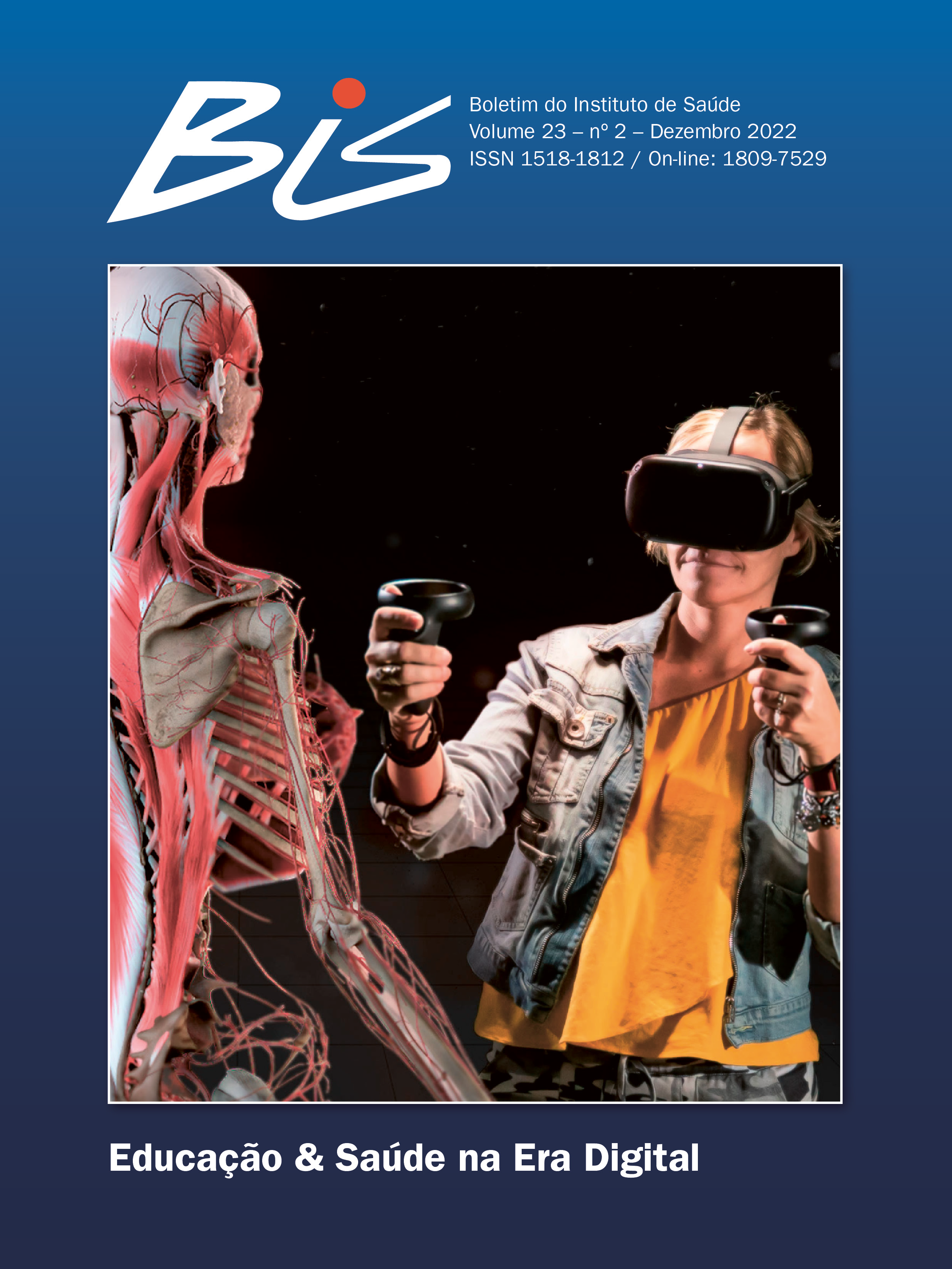Resumen
Adotar estratégias de estudo que sejam eficientes é algo óbvio. Não tão óbvio é determinar quais estratégias funcionam realmente.
O esforço mental e o tempo gasto são fortes sugestões indiretas de uma pressuposta eficácia, mas isso é um erro. Colocadas
lado a lado, muitas estratégias de força bruta se revelam fracas para se alcançar memorização, aprendizado e raciocínio. Dentre
as estratégias de estudo que foram efetivamente testadas e mostraram resultados consistentes e positivos, temos a prática de
estudo espaçado (DL). O DL consiste em estudar fazendo interrupções programadas entre as sessões de estudo, sendo os intervalos
entre as sessões bastante variáveis (segundos, minutos, horas, dias, semanas ou meses). Comparado com o estudo em bloco
único (ML), o DL é bastante superior. Há algumas teorias para explicar essa superioridade verificada: processamento deficiente,
codificação variada, consolidação e recuperação de estudo. Seja qual for o real motivo da sua eficiência, adotá-la seria uma medida
inteligente e necessária em tempos de excesso de estímulos e escassez de tempo. Infelizmente não há consenso dos autores
acerca dos intervalos ideais, mas alguns dados combinados com o contexto de estudo indicam que é possível se chegar em intervalos realistas que trabalhem a favor de um bom aprendizado
Citas
Grote MG. Distributed versus Massed Practice in High School Physics. School Science and Mathematics. 1995; 95(2):97-101.
Cepeda NJ, Vul E, Rohrer E, Wixted JT, Pashler H. Spacing Effects in Learning A Temporal Ridgeline of Optimal Retention. Psychological Science. 2008; 19(11):1095-1102.
Cepeda NJ, Coburn N, Rohrer D, Wixted JT, Mozer MC, Pashler H. Optimizing Distributed Practice. Experimental Psychology.2009;56(4):236-246.
Vlach HA, Sandhofer CM Distributing Learning Over Time: The Spacing Effect in Children’s Acquisition and Generalization of Science Concepts. Child Dev. 2012;83(4): 1137–44.
Ebbinghaus H Über das Gedächtnis: Untersuchen zur experimentallen Psychologie, Duncker & Humblot, Leipzig, Germany, 1885, Translated in H. A. Ruger and C. E. Bussenius, Teachers College, Columbia University, Dover Press, New York; 1964.
Naqib F, Sossin WS, Farah CA. Molecular Determinants of the Spacing Effect. Neural Plast. 2012; 2012:1-8
Jost A. Die Assoziationsfestigkeit in ihrer Abhängigkeit von der Verteilung der Wiederholungen [Internet]. Leopold Voss, Hamburg; 1897 [acesso em 20 jul 2021]. Disponível em https://books.google.com.br/books/about/Die_Assoziationsfestigkeit_in_ihrer_Abh.
html?id=ZZo-AAAAYAAJ&redir_esc=y
Dobson JL, Perez J, Linderholm T. Distributed Retrieval Practice Promotes Superior Recall of Anatomy Information. Anat Sci Educ. 2017; 10:339–347.
Dempster FN. The Spacing Effect. American Psychologist. 1988; 43(8): 627-634.
Janiszewski C, Noel H, Sawyer AG. A Meta-analysis of the Spacing Effect in Verbal Learning: Implications for Research on Advertising Repetition and Consumer Memory. 2003; 30(1):138–149.
Cepeda NJ, Pashler H, Vul E, Wixted JT. Distributed Practice in Verbal Recall Tasks: A Review and Quantitative Synthesis. Psychological Bulletin. 2006;132(3):354–380.
Kornmeier J, Spitzer M, Sosic-Vasic Z. Very Similar Spacing-Effect Patterns in Very Different Learning/Practice Domains. Plos One. 2014; 9(3):1-11.
Wahlheim CN, Dunlosky J, Jacoby LL. Spacing enhances the learning of natural concepts: na investigation of mechanisms, metacognition, and aging. Mem Cognit. 2011; 39(5): 750–763.
Sisti hM, Glass AL, Shors TJ. Neurogenesis and the spacing effect: Learning over time enhances memory and the survival of new neurons. Learning & Memory. 2007; 14:368–375.
Benjamin AS, Tullis J. What makes distributed practice effective? Cogn Psychol. 2010; 61(3): 228–247.
Toda NRT, Song J, Nieh JC. Bumblebees exhibit the memory spacing effect. Naturwissenschaften. 2009;96:1185-1191.
Kerfoot BP, DeWolf WC, Masser BA, Church PA, Federman DD. Spaced education improves the retention of clinical knowledge by medical students: a randomised controlled trial. Medical Education. 2007;41: 23–31.
Gerbier E, Toppino TC. The effect of distributed practice: Neuroscience, cognition, and education. Trends in Neuroscience and Education. 2015; 4:49-59.
Litman L, Davachi, L. Distributed learning enhances relational memory Consolidation. Learning & Memory. 2008; 15:711-716.
Roediger HL, Butler AC. The critical role of retrieval practice in long-term retention. Trends in Cognitive Sciences. 2011; 15(1):20-27.
Larsen DP. Planning Education for Long- Term Retention: The Cognitive Science and Implementation of Retrieval Practice. Semin Neurol.
;38:449–456.
Alter AL, Oppenheimer DM, Epley N, Eyre RN. Overcoming Intuition: Metacognitive Difficulty Activates Analytic Reasoning. Journal of Experimental Psychology: General. 2007; 136(4):569–576.
Andersen SAW, Mikkelsen PT, Konge L, Thomasen PC, Sørensen MS. Cognitive Load in Distributed and Massed Practice in Virtual Reality Mastoidectomy Simulation. The Laryngoscope. 2016; 126:E74-E79.
Bjerrum AS, Eika B, Charles P, Hilber O. Distributed practice. The more the merrier? A randomised bronchoscopy simulation study. Med Educ Online.2016; 21: 1-6.
Mitchell EL, Lee DY, Sevdalis N, Partsafas AW, Landry GJ, Liem TK, Moneta GL. Evaluation of distributed practice schedules on retention of a newly acquired surgical skill: a randomized trial. The American Journal of Surgery. 2011; 201: 31–39.
Oakley B. Aprendendo a aprender. São Paulo: Atena; 2015.

Esta obra está bajo una licencia internacional Creative Commons Atribución 4.0.
Derechos de autor 2023 Alexandre Lourenço
